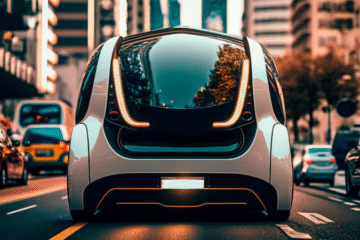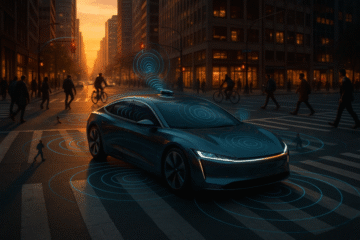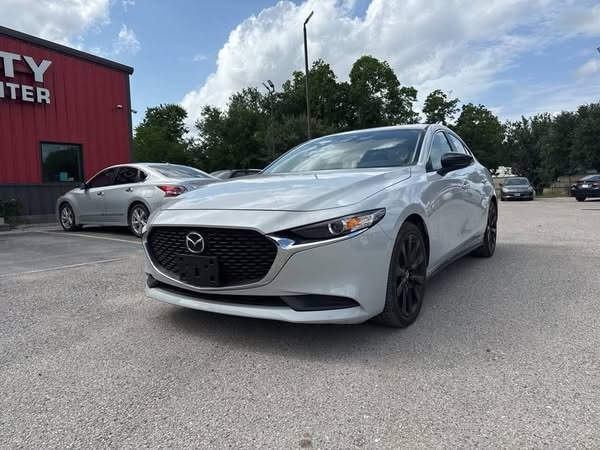
The Rise of Electric Vehicles: Transforming the Automobile Industry
The Electric Revolution Begins

I’ve spent years wrenching on engines and analyzing auto industry trends, and let me tell you, the shift to electric vehicles (EVs) is unlike anything I’ve seen. It’s not just about swapping gas tanks for batteries—it’s a redefinition of what cars mean to us. Imagine cruising through a city where the only sound is a faint electric hum, where tailpipes are relics, and every driver feels like they’re part of something bigger. EVs are surging, and they’re rewriting the rules of the road. This article breaks down why EVs are taking over, how they’re engineered, their impact on the world, and what’s coming next, all from the perspective of someone who’s lived and breathed cars for decades.
Why EVs Are Everywhere

Walk into any dealership today, and you’ll see electric models stealing the spotlight. In 2024, global EV sales hit 15 million, a number that makes even old-school gearheads like me take notice. Tesla’s Model 3 and BYD’s Song Plus are flying off lots, but it’s not just the big players. Startups like Rivian are crafting electric trucks that can tow 11,000 pounds while sipping electrons. What’s fueling this boom? For one, battery costs have dropped 25% since 2020, making EVs more affordable. Add in government perks—like $7,500 tax credits in the U.S. or Europe’s zero-emission mandates—and it’s no wonder drivers are plugging in.
But it’s more than economics. People want cleaner air and thrilling performance. EVs deliver instant torque, making even a compact hatchback feel like a sports car. Search “why choose electric vehicles,” and you’ll find drivers raving about $2,000 yearly fuel savings and the pride of cutting emissions. It’s a cultural shift—car buyers aren’t just picking vehicles; they’re choosing a future where sustainability and speed go hand in hand.
Under the Hood: The Mechanics of EVs

As a mechanical engineer, I’m obsessed with what makes EVs tick. Forget the complex dance of pistons and crankshafts—EVs are elegantly simple. At their core is the battery pack, a marvel of thousands of lithium-ion cells wired to deliver power. Take the Chevy Bolt: its 66 kWh battery offers a 260-mile range, controlled by a battery management system (BMS) that’s like the brain of the operation. The BMS balances cell voltages, prevents overheating, and ensures your car doesn’t turn into a fireball—a rare but real risk I’ve studied in thermal runaway tests.
The electric motor is another gem. Unlike gas engines with hundreds of moving parts, an EV motor has maybe a dozen, spinning with near-silent efficiency. This simplicity means fewer trips to the shop—no oil changes, no timing belts. Charging tech is evolving fast, too. DC fast chargers, pumping out 250 kW, can get you from 10% to 80% in 20 minutes. For those searching “how electric cars work,” it’s straightforward: batteries send power to motors, which turn the wheels, all managed by software that’s more like a smartphone than a carburetor. But challenges remain—batteries are heavy, so engineers are using aluminum frames and carbon composites to shed pounds. Next up? Solid-state batteries, promising 500-mile ranges by 2030.
Reshaping the Industry and Planet

EVs are flipping the auto industry on its head. Giants like Volkswagen are sinking $100 billion into EV factories, while newcomers like NIO challenge them with sleek designs and swappable batteries. Supply chains are scrambling—lithium and nickel demand is through the roof, pushing companies to mine responsibly or recycle. I’ve toured plants where 95% of battery materials are reused, a game-changer for sustainability. For readers Googling “electric vehicle benefits,” the environmental wins are huge: EVs slash CO2 emissions by 60–70% compared to gas cars, per studies from the International Energy Agency. Cities like Amsterdam, with EV-friendly policies, are breathing easier already.
But it’s not all smooth sailing. Battery production guzzles energy, and mining scars landscapes. Solutions are emerging—think synthetic graphite and urban mining of old batteries. Policies are pivotal, too: California’s 2035 gas-car ban is forcing automakers to pivot, creating jobs in software and electrical engineering while challenging traditional mechanics to adapt. For industry insiders searching “EV market trends,” the shift is clear: EVs are driving innovation, but only if we solve the resource puzzle.
Hurdles and Hidden Opportunities

EVs face real roadblocks. Charging stations are popping up, but rural areas lag behind urban hubs. I’ve driven routes where finding a charger felt like a treasure hunt. Cost is another issue—while a Nissan Leaf starts at $28,000, premium models like the Lucid Air top $100,000. Yet, the math checks out: EVs save $1,800 annually on fuel and maintenance. For those searching “EV challenges,” range anxiety is fading as 400-mile ranges become standard, but infrastructure needs a $500 billion global boost by 2030 to keep up.
The opportunities are electric. Vehicle-to-grid (V2G) systems let EVs power homes during outages—imagine your car as a backup generator. Wireless charging pads, embedded in roads, are being tested in Sweden. And don’t sleep on China’s automakers—brands like Xpeng are exporting cutting-edge EVs, forcing Detroit and Stuttgart to step up. For readers, this means more choices and better tech, from AI-driven navigation to over-the-air updates that make your car smarter overnight.
Where We’re Headed
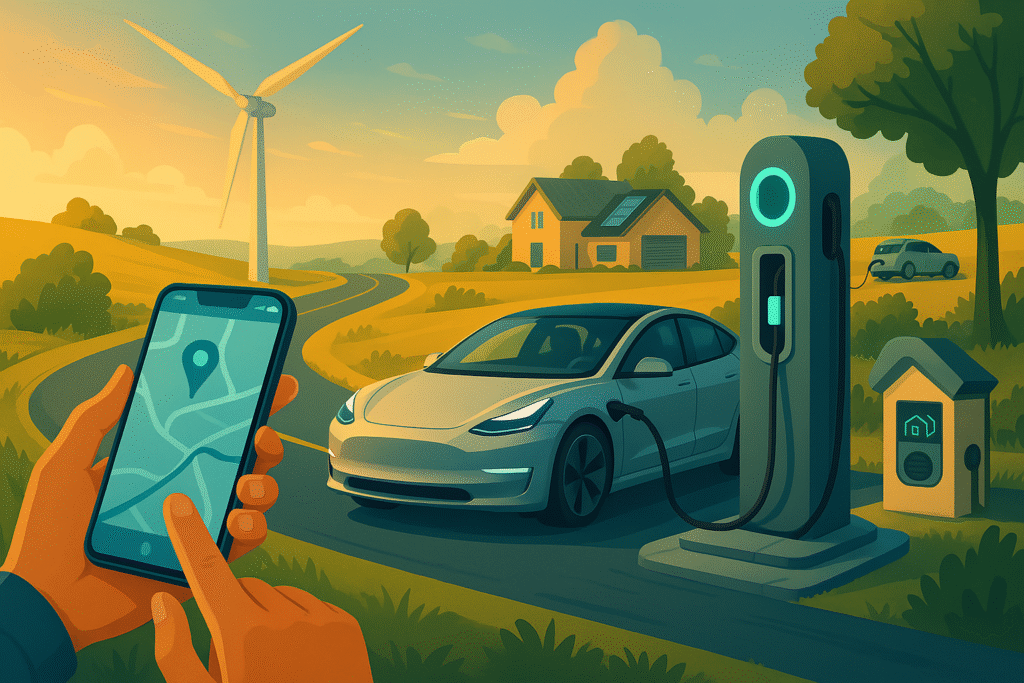
By 2035, EVs could dominate 60% of global car sales, per BloombergNEF. As an industry watcher, I see a future where autonomous EVs—like GM’s Cruise robotaxis—redefine commuting. Electric pickups, like the Ford F-150 Lightning, are winning over skeptics with 580 horsepower and 320-mile ranges. For those searching “future of EVs,” the horizon includes cheaper batteries, faster chargers, and maybe even solar-powered cars. But the real win? A cleaner planet and a driving experience that’s as exhilarating as it is responsible.
Get involved: test-drive a Mustang Mach-E, map out local chargers, or follow brands pushing the envelope. The auto industry isn’t just changing—it’s charging into a new era, and you’ve got a front-row seat.
Wrapping Up
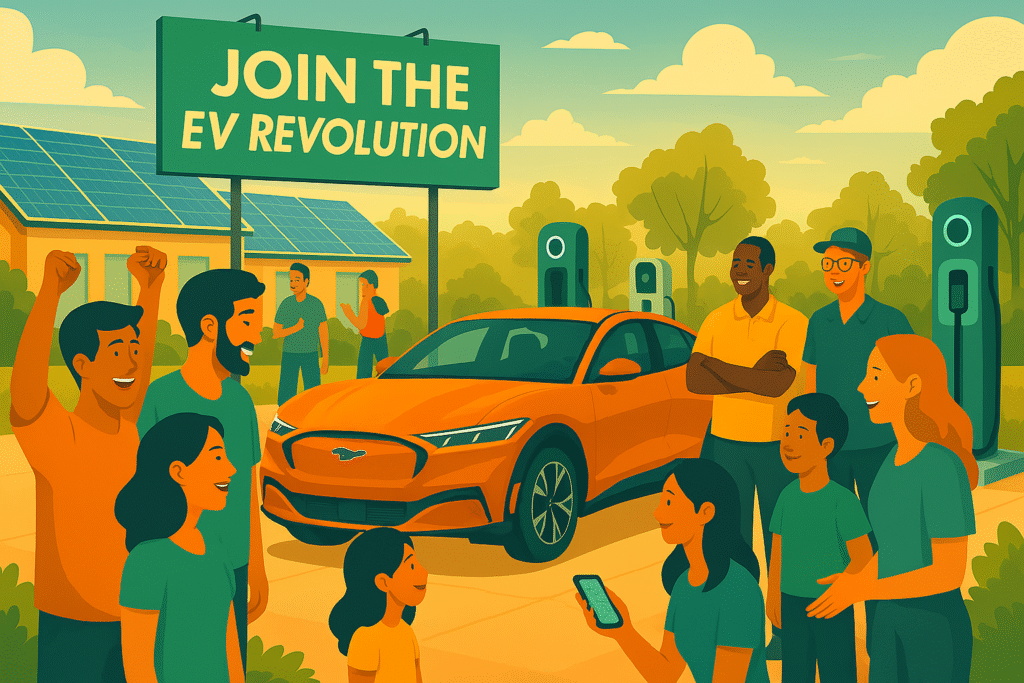
Electric vehicles are more than a trend; they’re the future of driving. From the nuts and bolts of battery tech to the big-picture shifts in global markets, EVs are transforming how we move. As someone who’s torn apart engines and studied industry forecasts, I’m all in on this revolution. Whether you’re a car nut, an eco-warrior, or just curious, EVs offer a ride worth taking. Search “electric vehicle advantages” or “EV industry 2025” to see why this shift is unstoppable.


